When we think of soccer, the dazzling skills of strikers, the precision passing of midfield maestros, or the acrobatic saves of goalkeepers often dominate our imagination.
However, amidst the flurry of attacking brilliance, there exists a group of players who embody the essence of versatility, reliability, and defensive prowess – the fullbacks.
Often overlooked and underappreciated, fullbacks are the unsung heroes of the beautiful game.
In this article, we take a closer look into the world of fullbacks, exploring the fundamental responsibilities they shoulder and the unique set of skills they bring to the field.
We’ll shed light on the evolution of the position over time, its growing importance in contemporary soccer, and the impact fullbacks have on shaping the course of matches.
Here’s a quick definition of the position…
In soccer, the fullback assumes the role of a defender, stationed adjacent to the touchline at the start of a game. While their primary objective is to thwart the opposing team’s goal-scoring endeavors, the responsibilities of a fullback extend beyond defensive duties. These versatile players also play a pivotal role in bolstering their team’s offensive efforts.

- Where did the fullback term originate from?
- What are the positional responsibilities of a fullback in a soccer game?
- Which physical and mental traits are essential for a soccer player in this position?
- What's the difference between a fullback and a wingback?
- Who are the best fullbacks in the modern game?
- Is it easy to play as a fullback in soccer?
- Concluding thoughts
Where did the fullback term originate from?
The origin of the term “fullback” in soccer goes back to a forgotten era when these players assumed the role of the foremost defenders in their teams.
The position earned its name due to the fullbacks being positioned deeper on the field than any other player.
During the early years following soccer’s inception in England, teams often adopted a formation known as 2-3-5.
In this tactical arrangement, the two players situated at the rear of the team were referred to as “fullbacks” because they held the furthest defensive position on the field.
Like so:
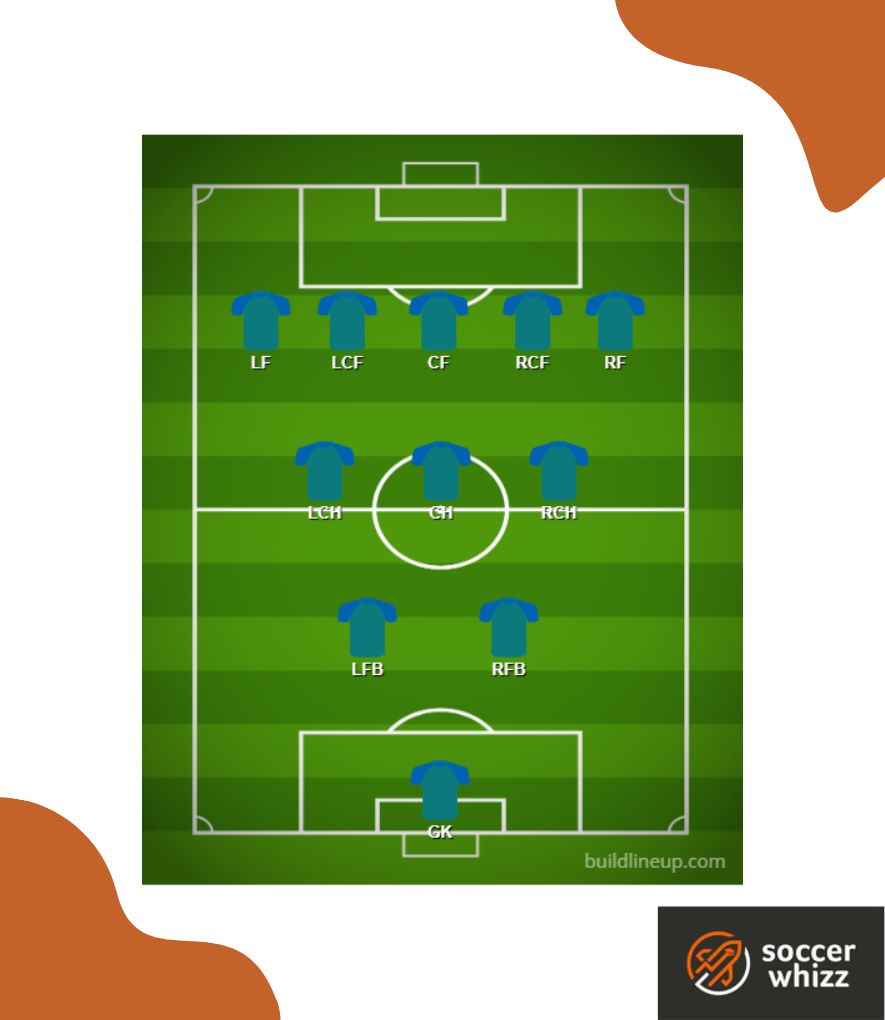
They were, quite literally, the ones who were “fully back” in the formation.
What are the positional responsibilities of a fullback in a soccer game?
Fullbacks perform many different tasks during games, which include:
1. Defending their goalpost
The presence of a fullback in any soccer team is indispensable due to their pivotal defensive role.
Tasked with safeguarding the goal, fullbacks act as the first line of defense, working diligently to retrieve the ball from the opposition.
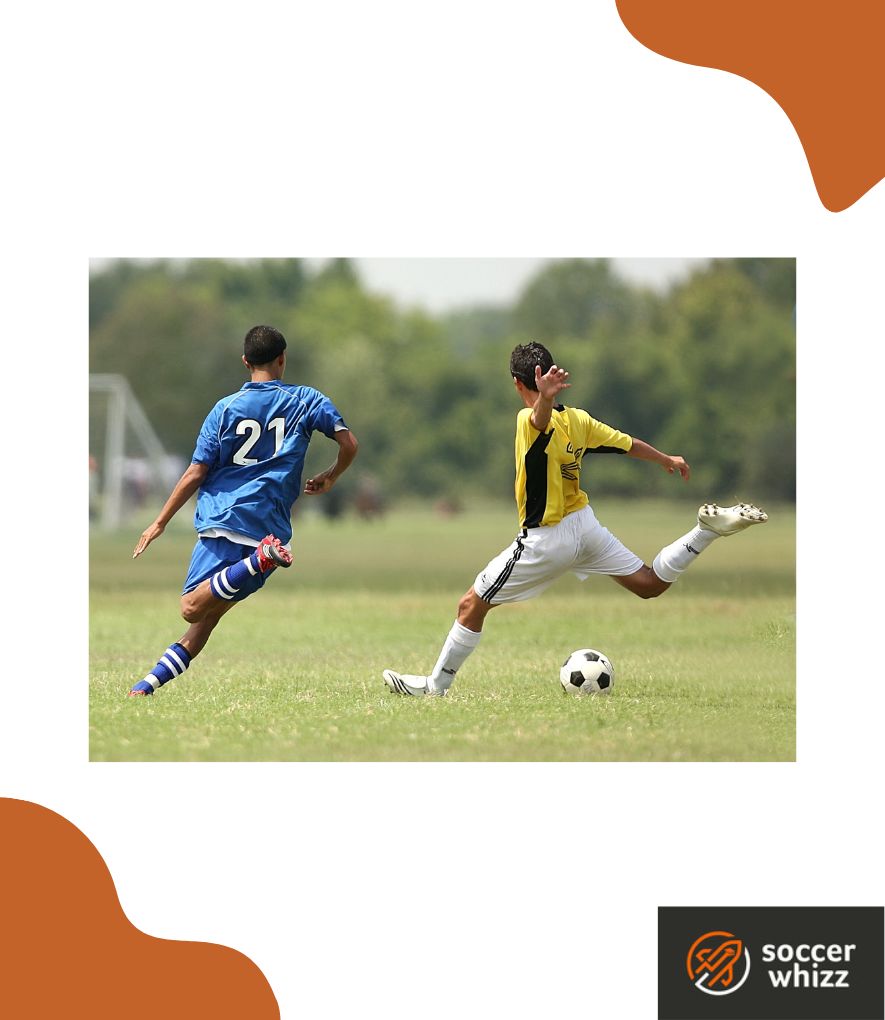
Positioned strategically on the field, fullbacks enjoy an advantageous vantage point that allows them to track the movements of opposing wingers as they venture into the attacking half.
2. Controlled possession of the ball
In possession of the ball, fullbacks assume a crucial role, demonstrating their skill set on the field.
An exceptional fullback boasts both speed and excellent ball control, enabling them to execute one-touch passes with teammates and exhibit adept dribbling skills, particularly when manoeuvring the ball towards the wide areas.
By efficiently distributing the ball throughout the field, fullbacks create more opportunities for their team to score goals.
Furthermore, a reliable fullback must exhibit composure while controlling the ball at high speeds, ensuring the team maintains possession and advances play forward.
3. Contributing to the team’s offence
Beyond their defensive duties, fullbacks are instrumental in supporting their team’s attacking endeavors.
By drawing their opponents towards the side lines, fullbacks contribute to spreading out the concentration of opposing players, thereby granting midfielders and forwards additional space to operate effectively.
This versatile position is often regarded as one of the most crucial in soccer, as a proficient fullback not only creates scoring opportunities but also provides resolute cover in defense.
4. Coordinating with team mates
Another vital responsibility of fullbacks is maintaining constant communication with their teammates, establishing seamless coordination on the field.
Exemplary communication skills contribute to efficient teamwork and swift reactions in defensive situations, thereby bolstering the effectiveness of the entire defensive unit.
Moreover, fullbacks must assert control over the space around them, engaging in proactive communication and coordination to prevent the opposition from overpowering their defensive line.
Which physical and mental traits are essential for a soccer player in this position?
Have a look at the traits below:
Speed
The primary duty of fullbacks revolves around neutralizing the threat posed by wingers, who often showcase exceptional skill and speed.
Visualize a sluggish fullback attempting to halt someone like Kylian Mbappé – it would be an uphill battle.
Consequently, speed becomes a vital attribute for fullbacks to keep pace with these agile wingers.
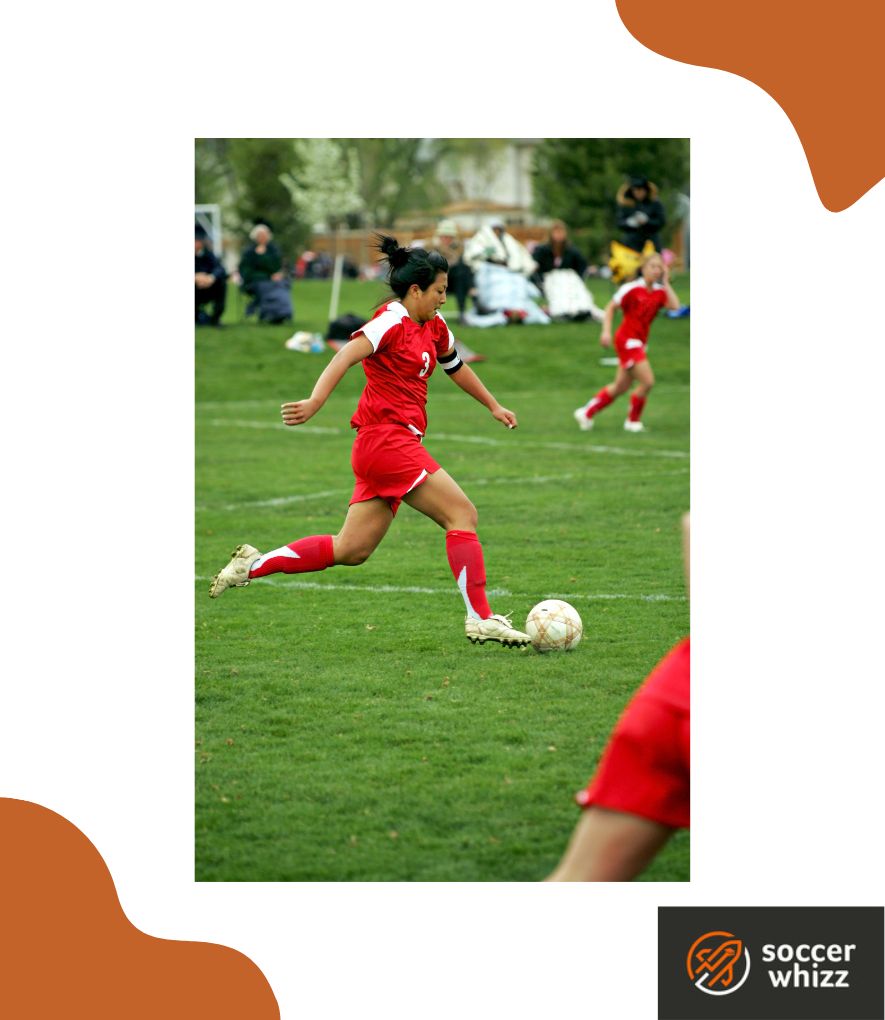
However, the significance of speed can vary based on the tactical approach adopted by a team.
Notably, certain professional fullbacks may not possess exceptional speed yet fulfill an indispensable role within their respective teams.
These players compensate for their lack of pace by leveraging their defensive expertise and astute positional sense, thereby making valuable contributions to their team’s overall defensive structure.
Stamina
Optimal physical fitness is a prerequisite for every player in a soccer team.
Nevertheless, when it comes to exertion on the field, fullbacks rival defensive midfielders in terms of their unwavering work rate.
Exceptional fullbacks tirelessly traverse the pitch throughout the entire duration of a game, sprinting ceaselessly in both offensive and defensive duties.
These dedicated players seamlessly integrate into the midfield during attacking phases, only to swiftly retreat to their defensive positions when possession is lost.
With minimal respite available, fullbacks find themselves devoid of precious moments to catch their breath.
Positioning and awareness
The significance of positioning cannot be overstated for any player.
However, the demand reaches new heights for fullbacks as they continuously transition between attacking and defensive roles.
Exceptional fullbacks possess a profound understanding of both defensive and offensive principles, enabling them to seamlessly alternate between providing defensive cover for their teammates and surging forward to offer additional attacking options.
This dynamic shift in positioning is made possible by their extensive knowledge of the game and acute tactical awareness.
What’s the difference between a fullback and a wingback?
The distinction between a wingback and a fullback in soccer primarily lies in their positioning on the field.
A wingback typically starts a game higher up the field than a fullback and carries a greater responsibility to contribute to the team’s attacking plays.
On the other hand, a fullback’s primary focus is on defensive duties and protecting the goal.
Although both wingbacks and fullbacks assume defensive roles, wingbacks operate in closer proximity to the midfield compared to fullbacks.
The wingback position is positioned nearer to the midfield, while still maintaining a position alongside the touchline, whereas fullbacks sit deeper alongside their fellow defenders and are assigned more pronounced defensive responsibilities.
Typically, a fullback is more likely to work in conjunction with central defenders, forming a defensive unit.
Conversely, a wingback operates further forward, still positioned beside the touchline, but slightly behind the midfielders, allowing them to contribute to both defensive and offensive phases of play.
Who are the best fullbacks in the modern game?
The top three fullbacks in soccer today are as follows:
1. Trent Alexander-Arnold
Trent Alexander-Arnold is a talented English right-back who has made a name for himself as one of the most exciting young players in soccer.

Coming top of Football Critic’s proprietary performance algorithm, Alexander-Arnold’s attacking prowess is matched by his defensive capabilities, making him a complete fullback.
His ability to deliver pinpoint crosses and set-piece expertise has led to numerous assists and goals for both club and country.
2. Achraf Hakimi
Achraf Hakimi is a dynamic right-back known for his lightning-fast speed and attacking prowess.
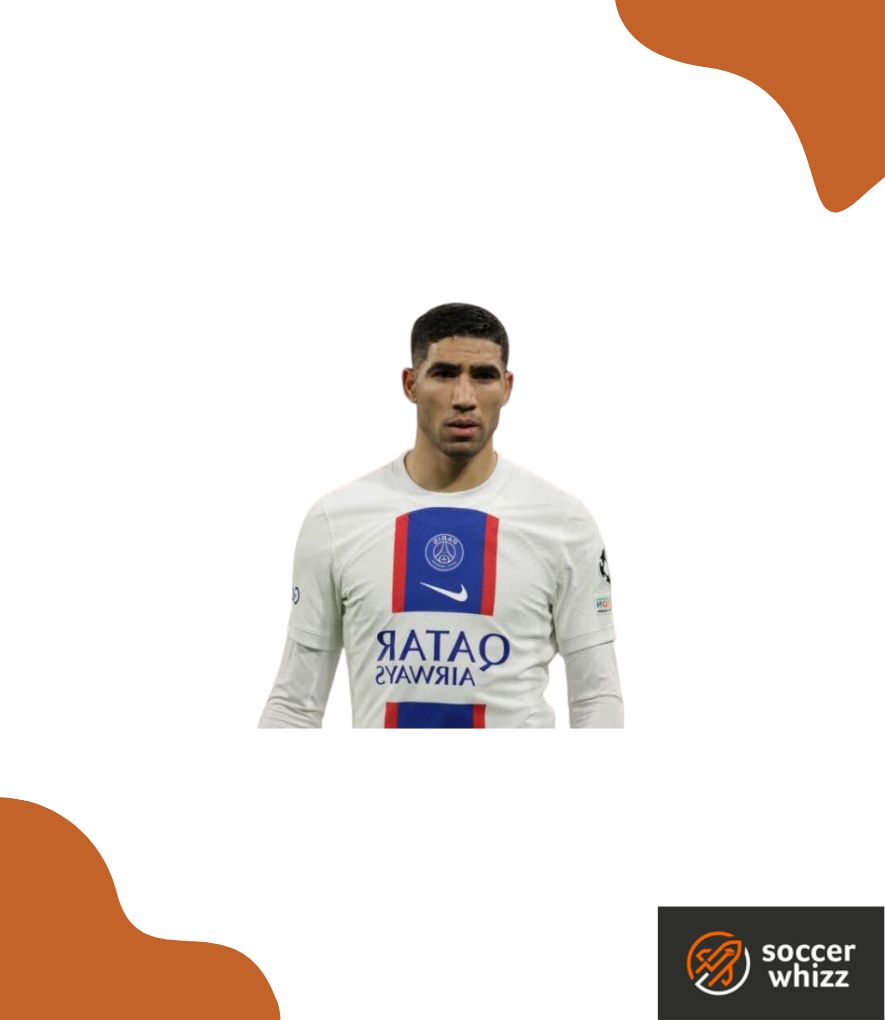
Hakimi’s blistering pace allows him to make powerful attacking runs down the right flank, providing both width and incisive runs into the opposition’s half.
3. Reece James
Equally adept at defending and attacking, James possesses excellent crossing ability, a powerful shot, and impressive defensive instincts.
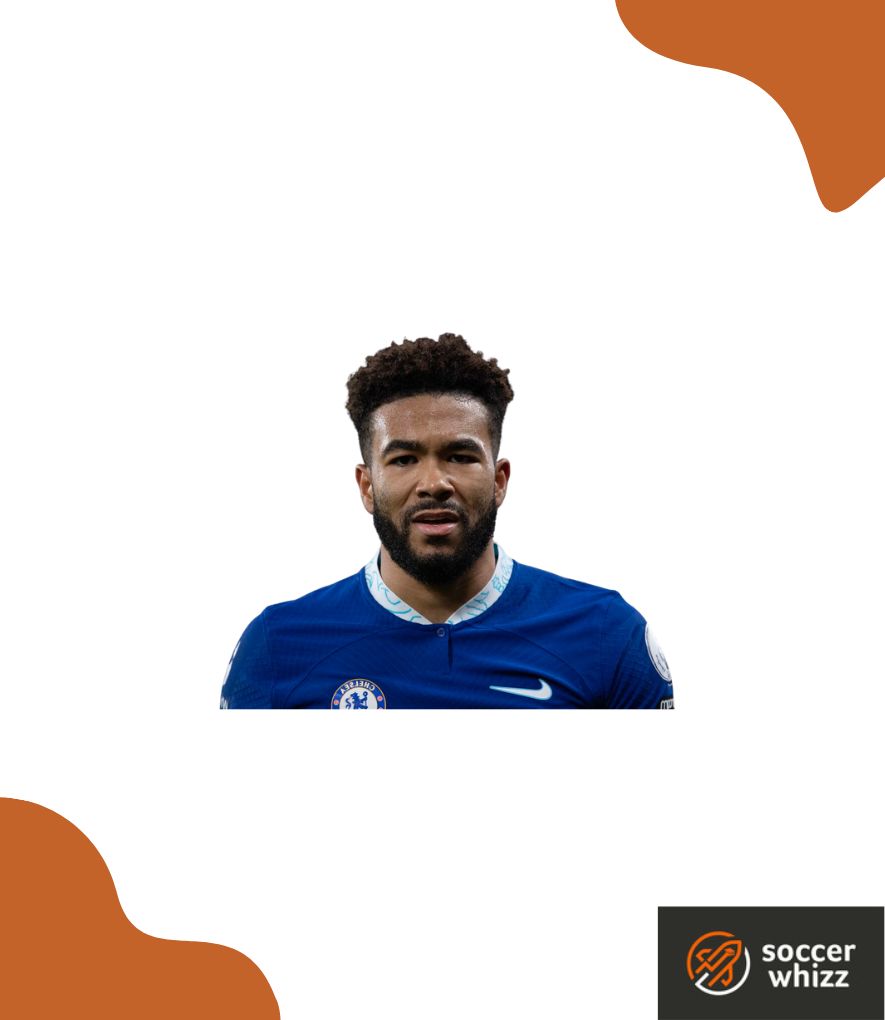
His physicality, strength, and ability to read the game make him a tenacious presence in both halves of the field.
Is it easy to play as a fullback in soccer?
Although many fullbacks can grasp the concepts of attacking and defending positioning swiftly, mastering seamless transitions between the two remains a challenging task.
The complexity lies in developing a heightened sense of awareness, adept game reading abilities, and astute risk management.
Even in offensive situations, exceptional fullbacks possess a profound understanding of the space behind them, ensuring they maintain a vigilant awareness of potential defensive vulnerabilities.
Concluding thoughts
Ultimately, the role of a fullback in soccer is multifaceted and crucial to the overall success of a team.
A fullback serves as a dynamic defender, diligently safeguarding the goal and preventing the opposition from scoring.
They possess the vital attributes of speed, defensive skills, and positional awareness to fulfill their defensive responsibilities effectively.
However, a fullback’s contribution extends beyond defense.
They actively participate in the team’s attacking manoeuvres, providing additional options in the wide areas and contributing to the team’s overall offensive threat.
More so, their ability to seamlessly transition from defensive to offensive roles showcases their versatility and tactical acumen.
Should you be interested in learning about other soccer roles, then check out our articles on:
- what a sweeper does in soccer;
- what the role of a defender in soccer is;
- what a winger in soccer is;
- the meaning of a soccer midfielder;
- the role of a number 9 in soccer; and
- what a soccer number 10 is
If you enjoy the content that I create and would like to buy me a coffee, then I’d really appreciate it!
Any money that I earn through this donation will be re-invested into more content for this website.
Additionally, by sending in a donation you’ll also receive a copy of my recently released 190+ page eBook on Soccer Ball Care, as well as be subscribed to our mailing list where you’ll be regularly informed on the latest developments concerning the Soccer Whizz blog.
- Future Icons: Europe’s Emerging Midfield Maestros Set for Glory - December 4, 2023
- Kickstarting a Revolution: How Soccer Transformed the United States Over the Last Four Years - October 7, 2023
- 4-1-4-1 Soccer Formation [Analysis] - September 23, 2023

